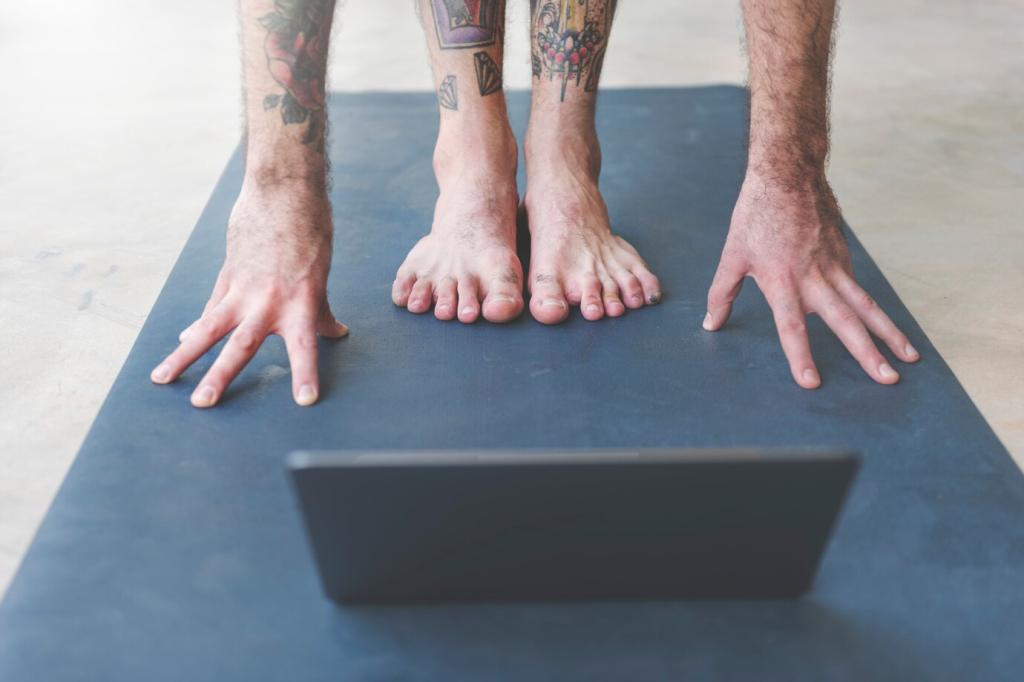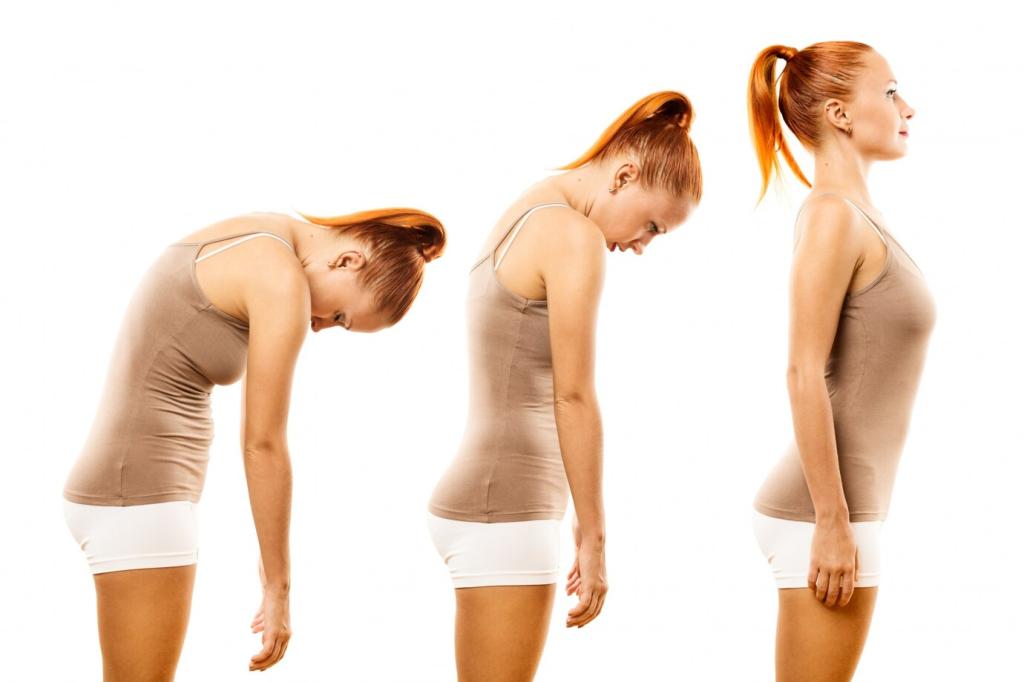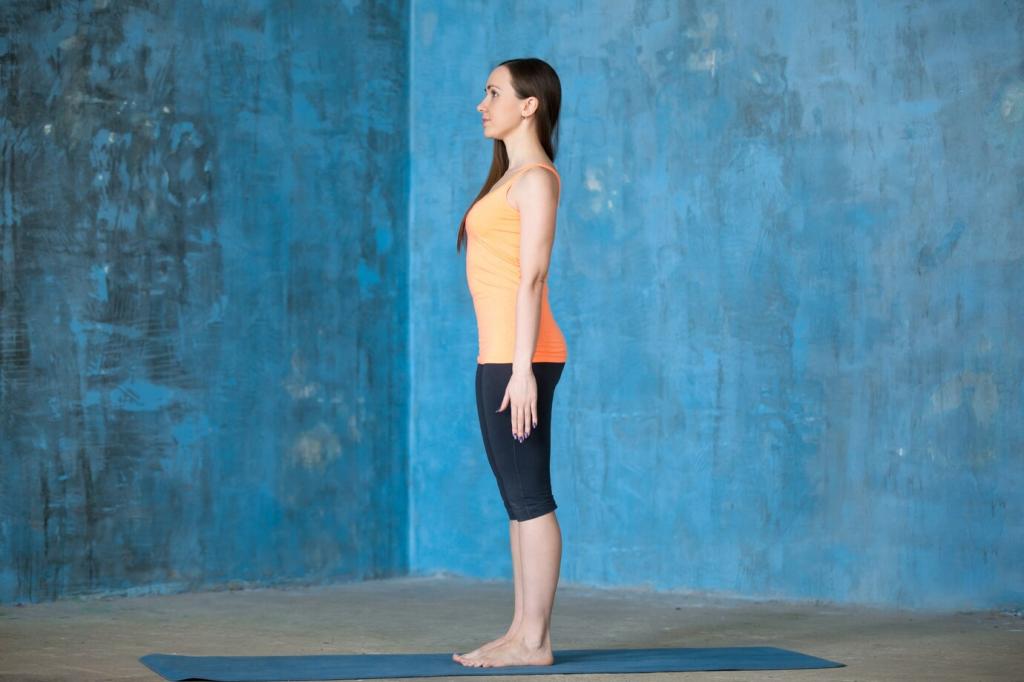Standing Desks for Spine Health: Move More, Hurt Less
Chosen theme: Standing Desks for Spine Health. Welcome to a friendlier way of working where your posture, energy, and comfort all get a lift. We’ll explore practical setups, engaging routines, and small daily wins that add up to a happier back. Stick around, share your story, and subscribe for weekly spine-smart inspiration.

Neutral Posture and Disc Pressure
Ergonomic research has long suggested that neutral standing generally reduces lumbar disc pressure compared with slumped sitting. When your ears, shoulders, and hips align, your spine shares the load more evenly. Add tiny shifts of weight and you create a steady rhythm that keeps tissues hydrated and resilient.
Micro-Movements Beat Marathon Sitting
Standing encourages subtle sways, calf squeezes, and gentle postural changes that stimulate blood flow and muscle activation. Those micro-movements act like a quiet maintenance crew, preventing stiffness from settling in. Even a minute of motion every half hour can reset tension and restore your spine’s natural springiness.
A Short Story from an Aching Back
Maya, a video editor, tried a standing desk after years of midday back aches. She began with five-minute intervals, added a soft mat, and noticed less afternoon stiffness within two weeks. Her favorite cue became simple: when exporting a file, she stood and stretched.
Setting Up a Spine-Smart Standing Desk
Screen, Elbows, and Eyes
Place the top of your screen at or slightly below eye level to avoid craning your neck. Keep elbows near ninety degrees, shoulders relaxed, and wrists straight. If you wear bifocals, drop the monitor a touch. A stable, centered view helps your spine stay calm and aligned.
Foot Support and Flooring
Use a supportive, non-slip anti-fatigue mat to soften ground reaction forces. Consider a low foot rail or a small box to rest one foot and alternate sides. That simple change unloads the lower back and encourages frequent posture shifts without conscious effort.
Cable and Tool Placement
Route cables so you can glide the desk up and down without snagging. Keep frequently used items within forearm reach to minimize twisting. A tidy, predictable layout makes transitions smoother, so you’ll actually switch positions instead of avoiding the mechanism.

The Sit-Stand Rhythm: Finding Your Sweet Spot
Begin with short standing intervals—five to ten minutes—then add a few minutes each week. Your calves and lower back need time to adapt. Gentle progress reduces fatigue, improves adherence, and helps your spine accept new loads without flaring old aches.
The Sit-Stand Rhythm: Finding Your Sweet Spot
Use a phone timer, smart watch buzz, or a desktop app to cue position changes. Anchor switches to routine events—finish an email, stand; join a call, sit; export a file, move. These habit hooks remove decision fatigue and keep momentum automatic.
Complementary Moves to Support Your Back
Calf Pumps and Pelvic Tilts
Every half hour, rise onto your toes and slowly lower for ten smooth reps to encourage circulation. Add ten standing pelvic tilts, gently tucking and untucking to mobilize the lumbar segments. These tiny drills ease stiffness without breaking your workflow.
Thoracic Openers at Your Desk
Place hands behind your head, lift your chest, and breathe into your upper back for three cycles. Follow with gentle shoulder blade squeezes. Opening the mid-back reduces neck compensation and lets your lower spine share the load more comfortably.
Breath that Decompresses
Try slow nasal breaths, expanding ribs 360 degrees—front, sides, and back. On exhales, lightly engage lower abdominals, as if zipping up pants. This pattern stabilizes your spine, eases neck tension, and restores the natural rhythm of your posture.



Measuring Progress and Staying Motivated
Rate your back comfort daily on a 1–10 scale, note energy dips, and record how often you switch positions. Watching numbers shift over weeks turns vague progress into visible momentum and helps you fine-tune your routine intelligently.

